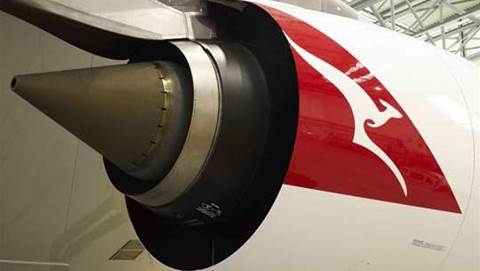
Researchers from the US National Science Foundation (NSF) counted how many science and engineering papers each countries' scientists contributed to major scientific journals between 1988 and 2003.
Scientists in China, Singapore, South Korea and Taiwan increased their output of scientific papers by an average of almost 16 percent each year after 1992, the NSF researchers found.
These four Asian nations showed a faster rate of increase in research than any other country.
During the same period, the rate of US publication of scientific papers remained almost unchanged with a rate of increase below 0.5 percent.
Meanwhile European scientific and engineering paper publications grew at 2.8 percent each year. Publications of papers from Japanese researchers rose an average of 3.1 percent per annum.
However, the US still leads all other nations by a wide margin in terms of the total number of papers published every year, even though its share of the total is decreasing. In addition, the quality of US research may be higher, according to one widely-accepted metric.
"In addition to numbers published, one should look at another very important indicator – article quality," said report co-author, Derek Hill. "The more often an article is cited by other publications, the higher quality it's believed to have.
While citation is not a perfect indicator, US publications are more highly cited than those from other countries."

.png&h=140&w=231&c=1&s=0)






.png&w=100&c=1&s=0)

 Digital Leadership Day Federal
Digital Leadership Day Federal
 Government Cyber Security Showcase Federal
Government Cyber Security Showcase Federal
 Government Innovation Showcase Federal
Government Innovation Showcase Federal
 Digital NSW 2025 Showcase
Digital NSW 2025 Showcase












_(1).jpg&h=140&w=231&c=1&s=0)



